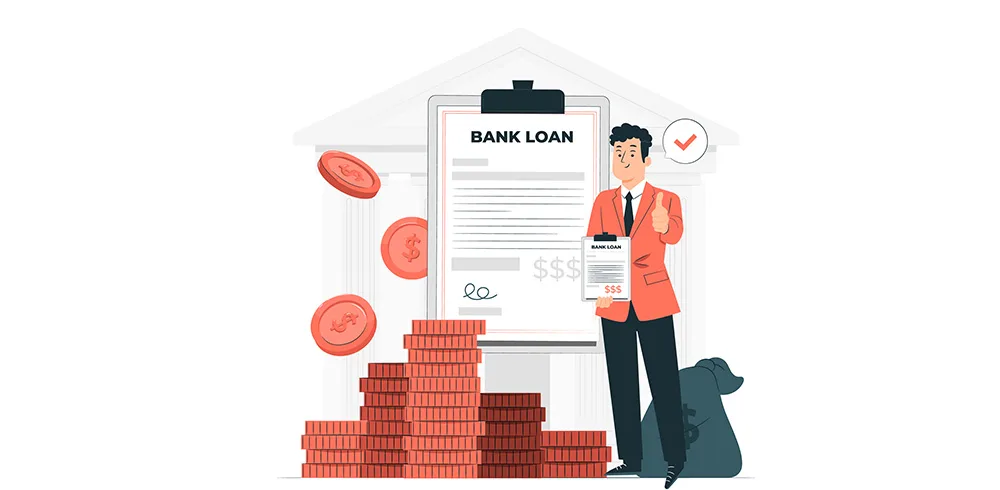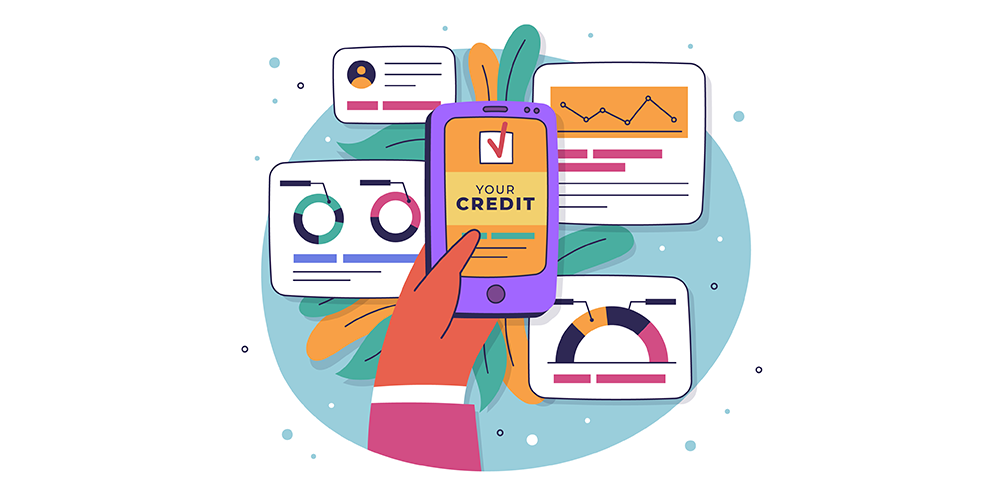Loan syndication is a process where multiple banks or lenders join hands to provide a large loan to a single borrower. This is mainly used for large-scale projects such as building airports, highways, power plants or factories. These projects require a huge sum of money, which a single bank may not be willing or able to provide. So, they form a group or a syndicate to provide the necessary funds and share the financial risks. Loan syndication is beneficial for both parties as lenders reduce their risk and borrowers get large loans for their projects. In this brief guide, we will learn more about loan syndication, the types of loan syndication, how loan syndication works and more.
What is Loan Syndication?
Loan syndication is a process where borrowers can secure a large loan from a group of lenders. This group, known as a syndicate, is led by a primary bank or financial institution. This bank coordinates with other lenders to divide the loan amount, sets the terms, and ensures smooth communication between all parties. This method is especially useful for large companies or government bodies that require substantial funds for projects like infrastructure development or business expansions.
For example, if a company needs ₹5,000 crore to build a metro system, no single bank may be willing to lend that amount. Now, by opting for loan syndication, the borrower can easily get funds from several banks.
How Does Loan Syndication Work?
Here’s a step-by-step explanation of how loan syndication works:
Step 1: Borrower Identifies the Need: The borrower first checks the financial needs and approaches a bank with a loan request.
Step 2: Lead Bank Takes Charge: A lead arranger or bank agrees to organise the loan syndication process.
Step 3: Syndicate Formation: The lead bank invites other banks or financial institutions to join the syndicate and share the loan amount.
Step 4: Terms and Conditions: The lead bank and the borrower agree on terms like the interest rate, repayment schedule and fees.
Step 5: Loan Agreement Signed: All parties, including the borrower and participating lenders, sign a loan agreement.
Step 6: Disbursement of Funds: The borrower receives the loan amount.
Loan Syndication Example
Suppose a large infrastructure company that plans to construct a new airport and needs ₹10,000 crore for the project. Now the problem is one bank may not want to provide the entire loan because of the high risk. So, here’s how it would work:
- A bank would act as the lead arranger and agree to organise the loan.
- There will be syndicate formation as the lead bank invites other banks to join. Suppose 3 more banks join, then each bank would agree to contribute ₹2,500 crore.
- The borrower then signs a loan agreement with all four banks and receives ₹10,000 crore to start the project.
Types of Loan Syndication
Loan syndication comes in three main types:
Underwritten Loan
Here, the lead bank guarantees the entire loan amount even if they cannot find enough participants. This is perfect for borrowers who need assurance of full funding. However, it involves higher fees as the lead arranger has more risk.
Club Loan
In this type of loan syndication, a small group of banks agrees to share the loan equally from the beginning. Each bank negotiates directly with the borrower. This type is simpler and often used for medium-sized loans.
Best-Efforts Loan
Here, the lead bank or the lead arranger gives the commitment to make their best efforts to find participants but does not guarantee the full loan amount. Hence, the borrower may end up with a partial loan if the bank is not able to form the syndicate.

Loan Syndication vs. Other Financing Methods
Here’s the table describing the differences between loan syndication and other financing methods:
| Aspect | Loan Syndication | Regular Loan | Corporate Bonds |
|---|---|---|---|
| Lenders Involved | Multiple | Single | Multiple Investors |
| Loan Size | Very Large | Small to Medium | Large |
| Costs Involved | Higher due to arranger fees | Lower | Moderate |
| Risk sharing | Yes | No | Yes |
| Approval Time | Longer | Shorter | Moderate |
Parties Involved in Loan Syndication
There are several parties that play important roles in the loan syndication process. These include:
- Borrower: The company that needs the loan for a project.
- Lead Arranger: The main bank or institution that organises the syndicate and manages the process.
- Participating Lenders: Other banks or financial institutions that contribute to the loan.
- Legal Advisors: Experts who make the agreements.
- Trustee: A party that oversees the loan’s administration and ensures repayments are distributed properly.
Factors to Consider Before Opting for Loan Syndication
- Loan size, as syndication is ideal only for very large loans usually above ₹500 crore.
- Check out the time the entire process may take.
- Borrowers must consider arranger fees and other administrative costs.
Why Choose an NBFC Personal Loan Over a Syndicated Loan?
If you are an individual or a small business, personal loans from Non-Banking Financial Companies (NBFCs) are a better option for you than syndicated loans. Wondering why? Here are the reasons:
- You can get quick loan approvals and disbursals as NBFCs process loan applications faster and disburse loans within a few hours or days.
- For NBFC personal loans, borrowers need to interact with just one lender to get the loan amount disbursed.
- While syndicated loans are for large projects, NBFCs are ideal for smaller requirements like home renovations or business expansion.
- NBFCs involve lower costs as it has competitive interest rates without additional fees.
- They are also convenient as many NBFCs offer online application processes, thereby, making it easier for borrowers to apply and track their loans.
Conclusion
There is no doubt that loan syndication is a perfect solution for large-scale projects. But if you are looking for funds for smaller needs, then it is recommended to get help from NBFCs or online lending platforms. You can download the CASHe app and avail smaller loans with an easy repayment schedule and smooth application process. Just download the app, apply for an instant personal loan and get the funds in your account instantly.










